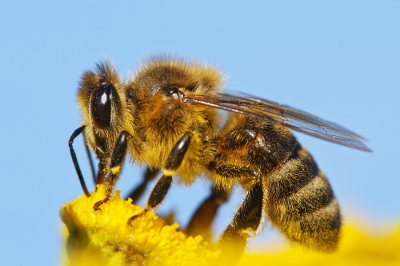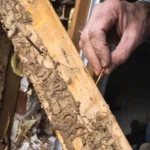
 There are tens of thousands of species of bees in the world, and some are much more dangerous than others. You can sort many of these bees into a few broader categories for easier identification: carpenter bees, honeybees, and bumblebees. Recognizing the difference between these types of bees can help you determine whether or not you should call for pest control in NYC. When necessary, bee removal can keep your family safe from physical harm. Keep reading if you are interested in taking a look at different bees.
There are tens of thousands of species of bees in the world, and some are much more dangerous than others. You can sort many of these bees into a few broader categories for easier identification: carpenter bees, honeybees, and bumblebees. Recognizing the difference between these types of bees can help you determine whether or not you should call for pest control in NYC. When necessary, bee removal can keep your family safe from physical harm. Keep reading if you are interested in taking a look at different bees.
Carpenter Bees
While many bees are fiercely loyal to their hives, carpenter bees tend to value their own space. They will feed their own young, and worker bees will bring nectar and pollen to colony members. Carpenter bees may be blue or black, and they are capable of stinging more than once thanks to their non-barbed stingers. They are called carpenter bees because they can burrow through wood; rather than form hives, they lay eggs in a nest within the wood. This type of bee tends to be more dangerous to wooden structures than to people, but they also provide the service of pollinating certain plants that honeybees skip over. It can be tough to reach a carpenter bee nest, so always enlist the help of a professional.
Honeybees
Unlike carpenter bees, honeybees do value a sense of community and live in very social colonies. Also unlike carpenter bees, these bees have barbed stingers that fall off after a single sting. It is also worth noting that these stings can be very painful, which is motivation to have an infestation taken care of. Honeybees pollinate plants and bring pollen and nectar to honeycombs; these honeycombs help colonies survive throughout the winter. Nests may be built to significant sizes and can be found in trees as well as chimneys and attics.
Bumblebees
Combine honeybees’ sociality with carpenter bees’ ability to sting repeatedly and you end up with bumblebees. Bumblebees may nest above or below ground, and they will vehemently defend their nests; they will even chase threats far away from their colonies.





